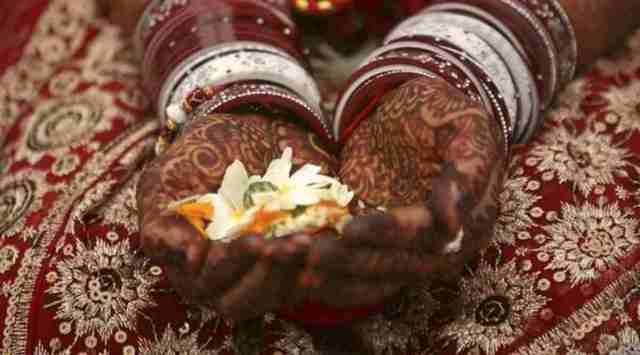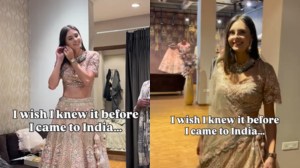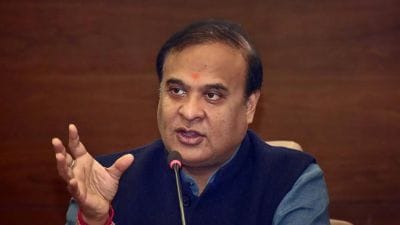How Odisha’s Gajapati district went from high-burden to ‘child marriage-free’ status
The child protection committee in every village identifies vulnerable households with adolescent girls and tracks girls who have either dropped out or are absent from school, and families having three to four daughters.
 The achievement came amid the large-scale crackdown against child marriage in Assam. (Representational image)
The achievement came amid the large-scale crackdown against child marriage in Assam. (Representational image) Purnima (name changed) of Tamtara village in Odisha’s Gajapati district was only 15 when, in November 2021, she left home and decided to marry a boy from the same village whom she loved.
When the local anganwadi worker came to know about it, she ensured that Purnima was counselled about the disadvantages of getting married at an early age. She also signed an undertaking that she would not get married till she is 18. She now studies by staying at the state-sponsored hostel for Scheduled Caste and Scheduled Tribe children in Rayagada, the block under which her native Gandahati panchayat falls.
There were many like Purnima in tribal habitations of Gajapati, which was once a high-burden district for child marriage but has been declared “child marriage-free”. Gajapati became the second such district in the state, after neighbouring Ganjam. The most populous district, Ganjam attained the status in January 2022.
The achievement came amid the large-scale crackdown against child marriage in Assam.
A target-based initiative running for the past one and a half years, involvement of community leaders and panchayati raj institution members, village-specific programmes, a mass sensitisation programme against the negative effects of child marriage on an individual’s mental and physical development, and some innovative steps helped the administration declare the district child marriage-free.
In the past two years, no girl or boy married before their respective legally marriageable ages of 18 and 21 in any of the 1,710 villages in the 149 panchayats of the district and the 29 wards of two civic bodies—Paralakhemundi and Kashinagar—a key criterion to declare a district child marriage-free, said district collector Lingaraj Panda.
“Every person on the team engaged to prevent child marriages had innovated something to achieve the child-marriage-free district tag. The district administration has prevented 103 child marriage attempts since 2019,” Panda told The Indian Express.
The administration has sought the technical support of Actionaid, a non-governmental organisation, in making the district child marriage-free.
The child protection committee constituted in every village, comprising anganwadi workers, accredited social health activists (ASHA), works as the first responder to child marriage attempts. It identifies vulnerable households with adolescent girls and tracks girls who have either dropped out or are absent for long from school, and families having three to four daughters.
Actionaid’s Bikash Kumar Meher, who works as the district coordinator for the prevention of child marriage, said the village-level committee sensitised such households against the social evil.
“The administration has also provided a marriage register in every anganwadi centre where ages of boys and girls, their invitation cards and other information are kept. Since child marriage is a social issue and a significant portion of the tribal population lives in Gajapati, we have involved the local panchayati raj institution members, who can persuade the family in a more effective manner,” said Meher.
Meher said awareness drives were also conducted at temples and churches to make sure that no girls or boys got married before the legally permissible age. The religious institutions were also provided with registers to record the marriages conducted on their premises.
In October 2019, the women and child development department launched a strategic action plan with Unicef support to eliminate child marriage by 2030.
The prevalence of child marriage among girls in Odisha was reported to be 21.3 per cent against the national average of 26.8, whereas for boys it is only 11 per cent against the national average of 20.3 per cent, according to the National Family Health Survey 4, released in 2015-16.
According to NFHS-4, one in every five women aged 20-24 years were married by the age of 18 in Odisha, while one in 10 men were married before 21 years, which indicates that early marriage in girls was twice that in boys.
Official sources have it that Odisha has so far declared over 10,000 of the total 47,000 villages in different districts as child marriage-free villages.







